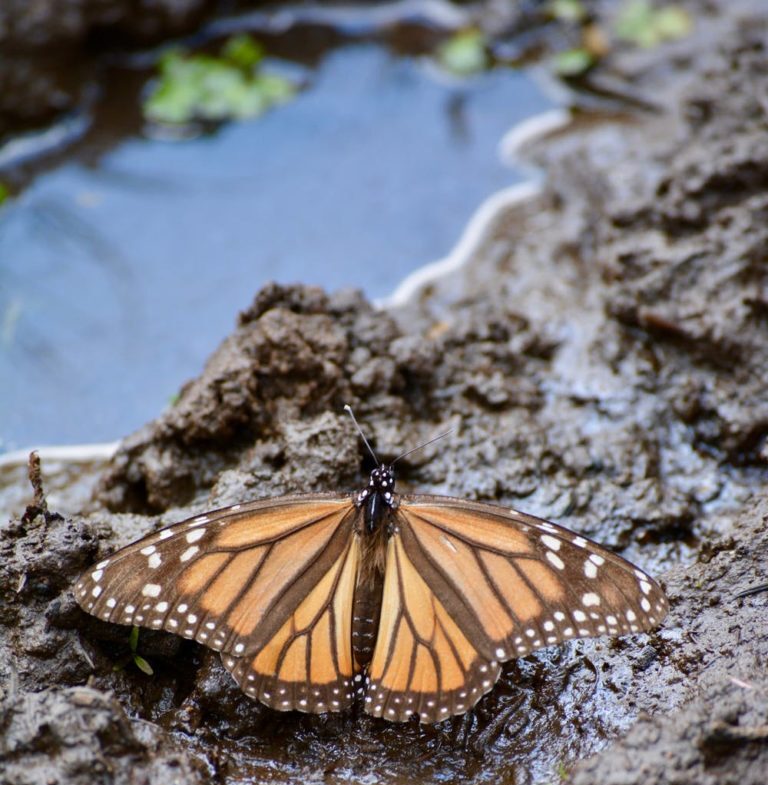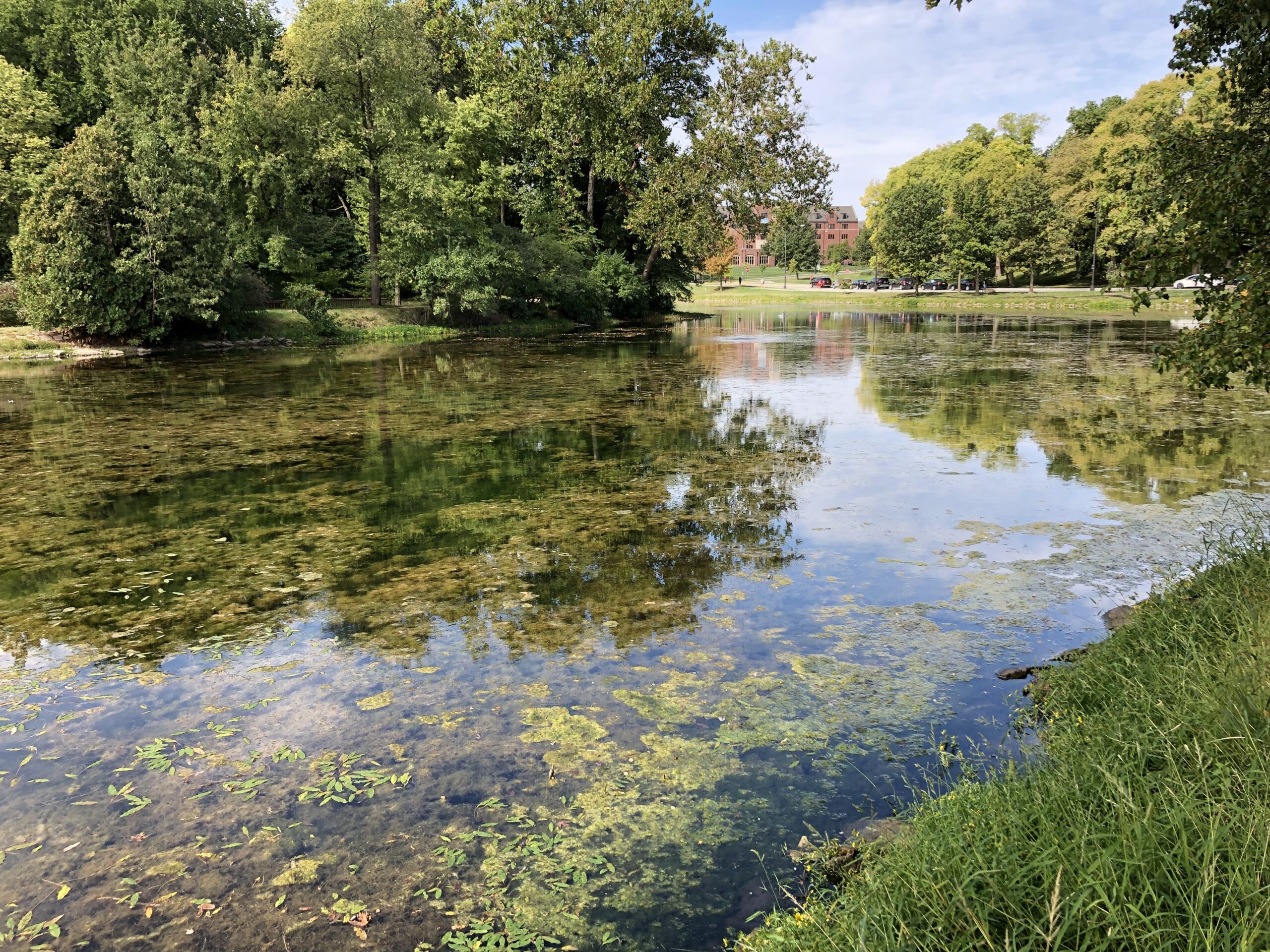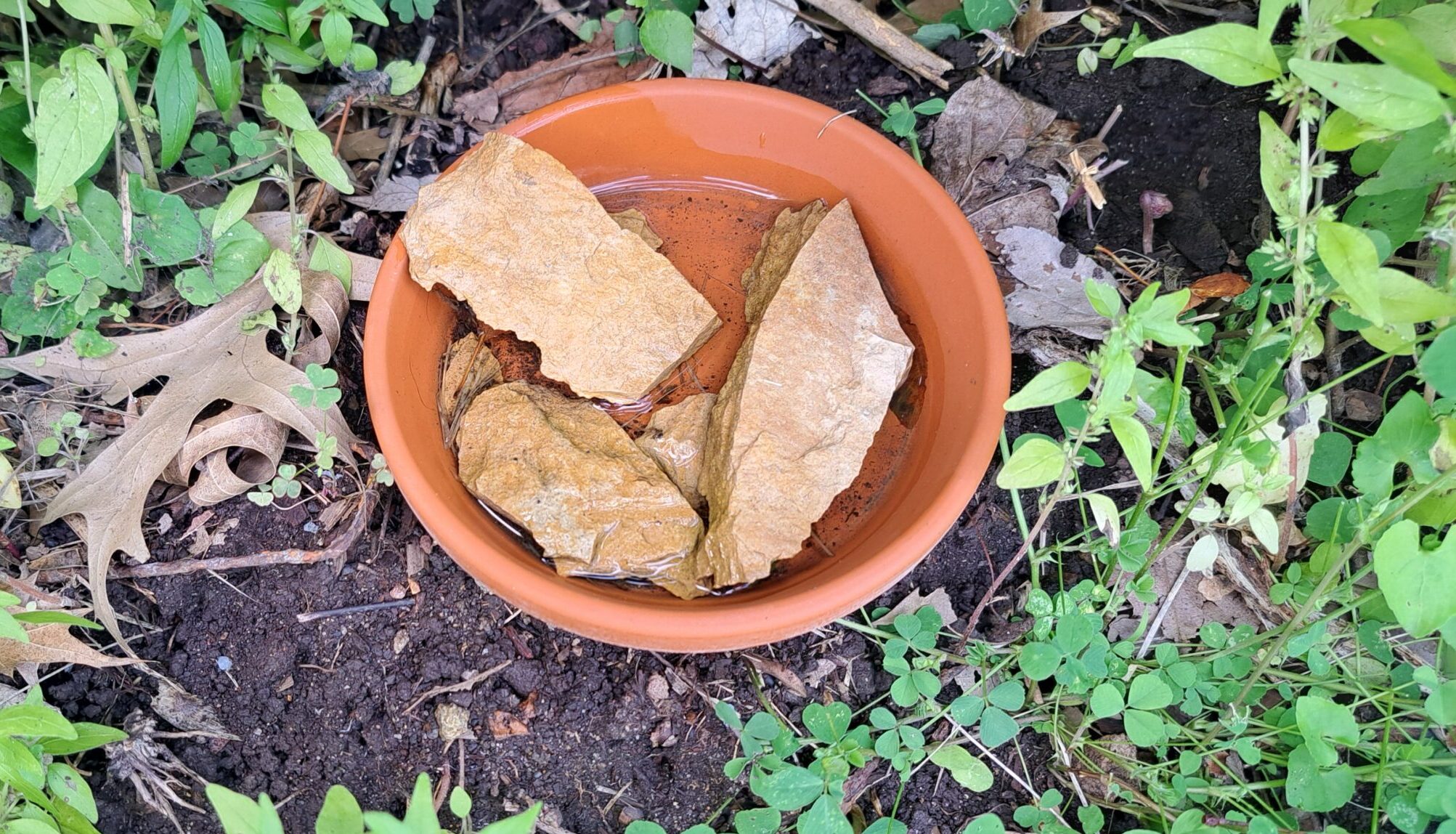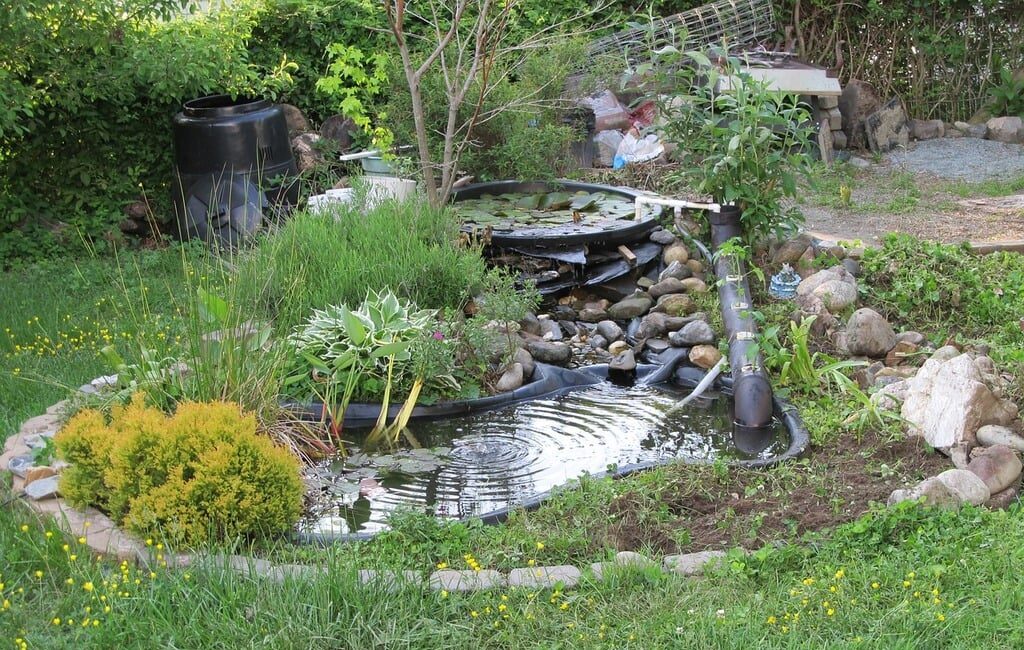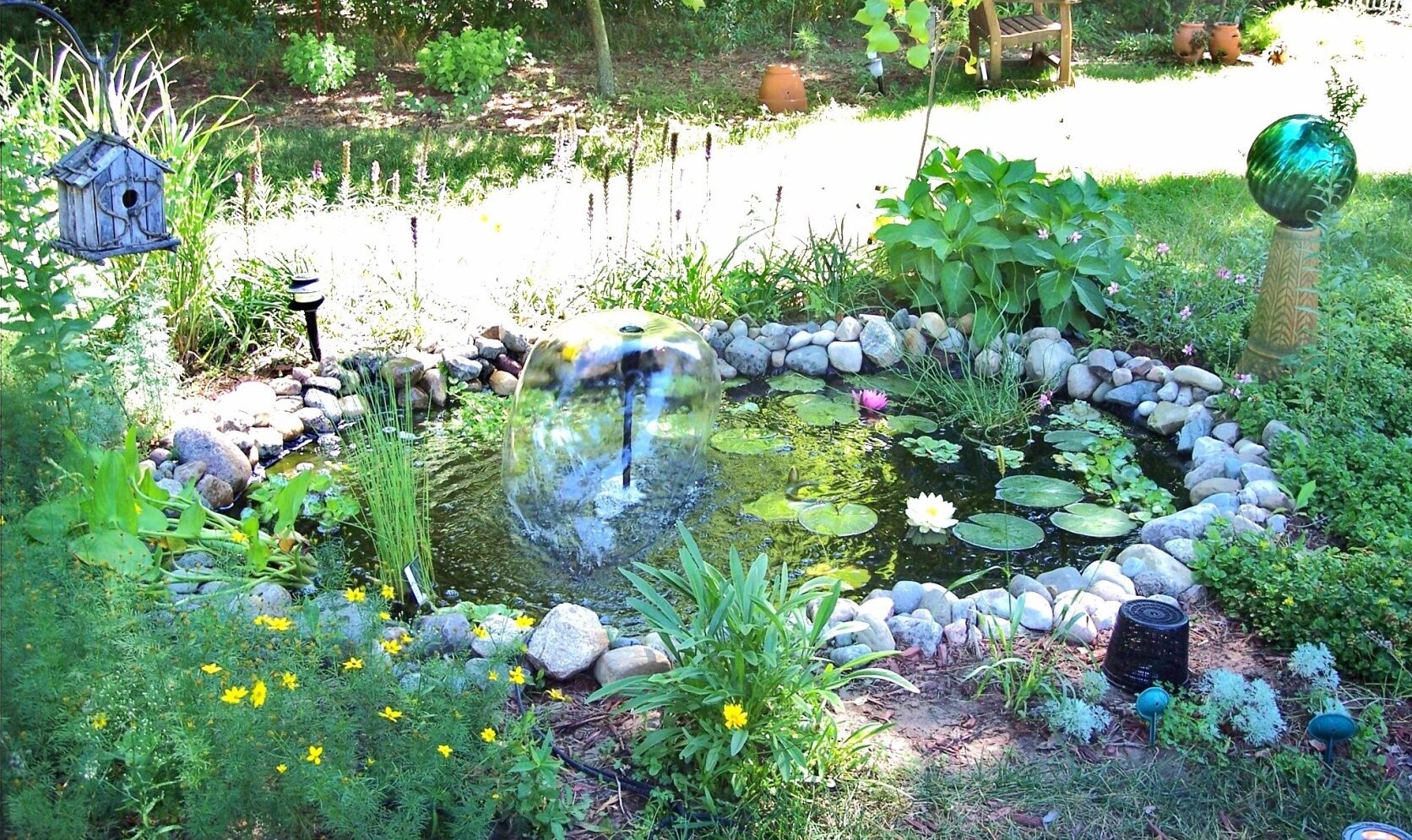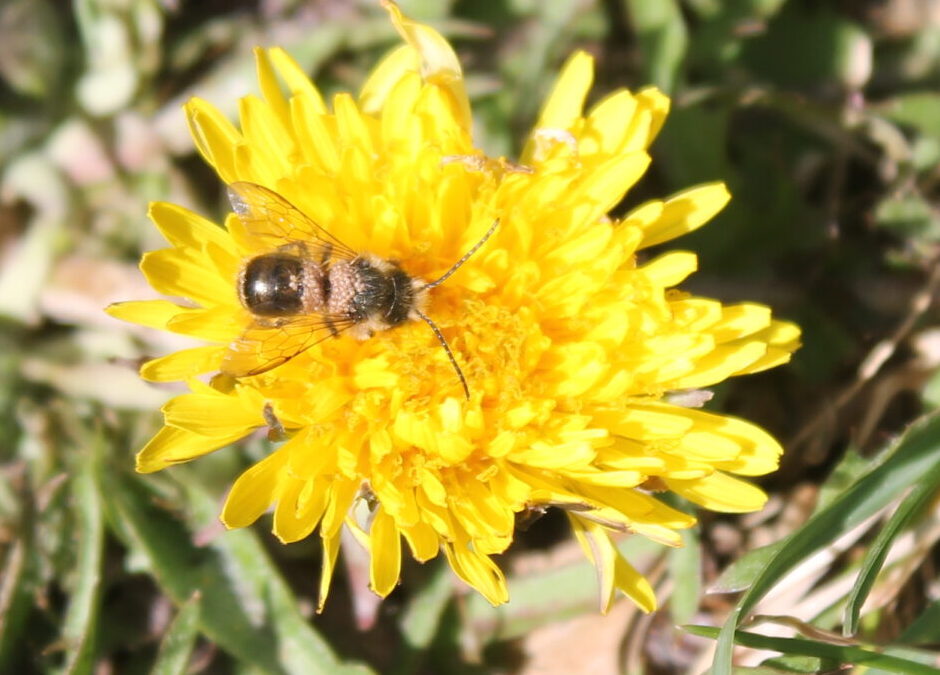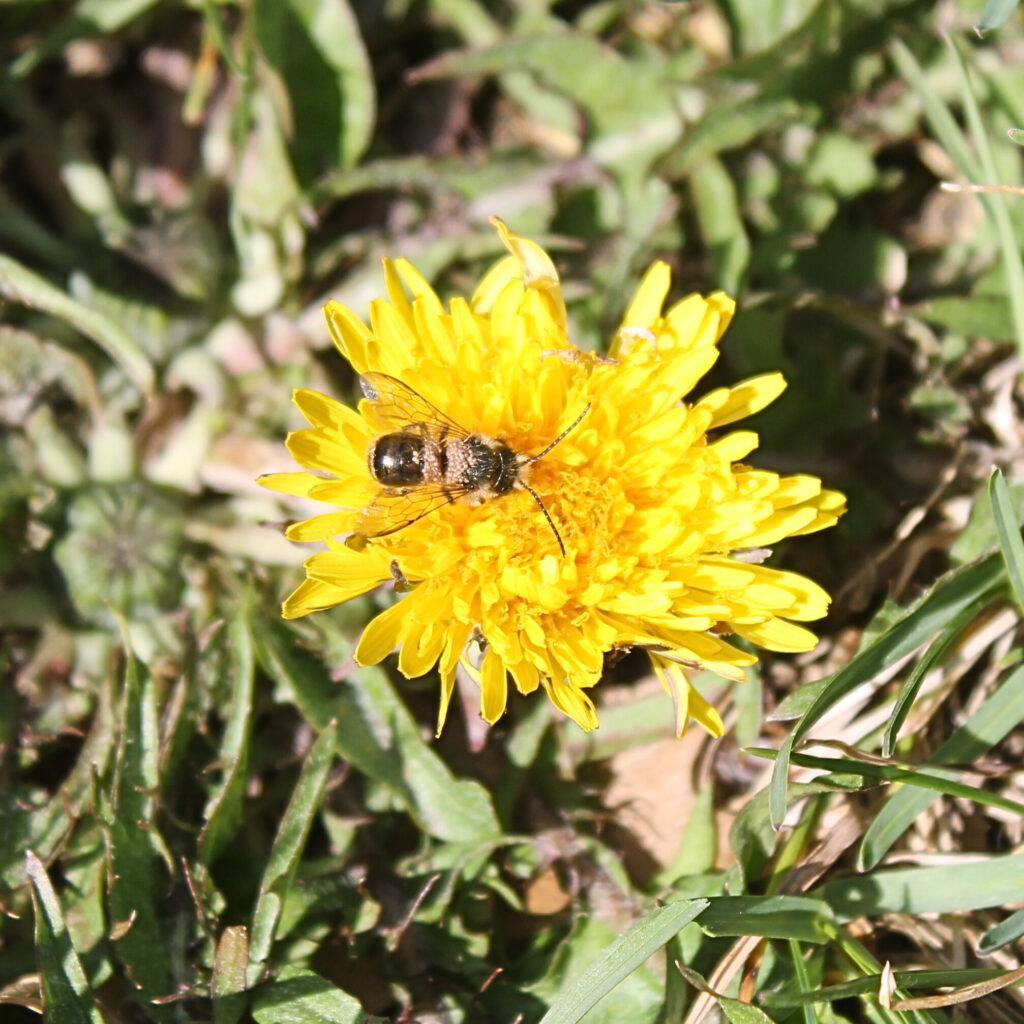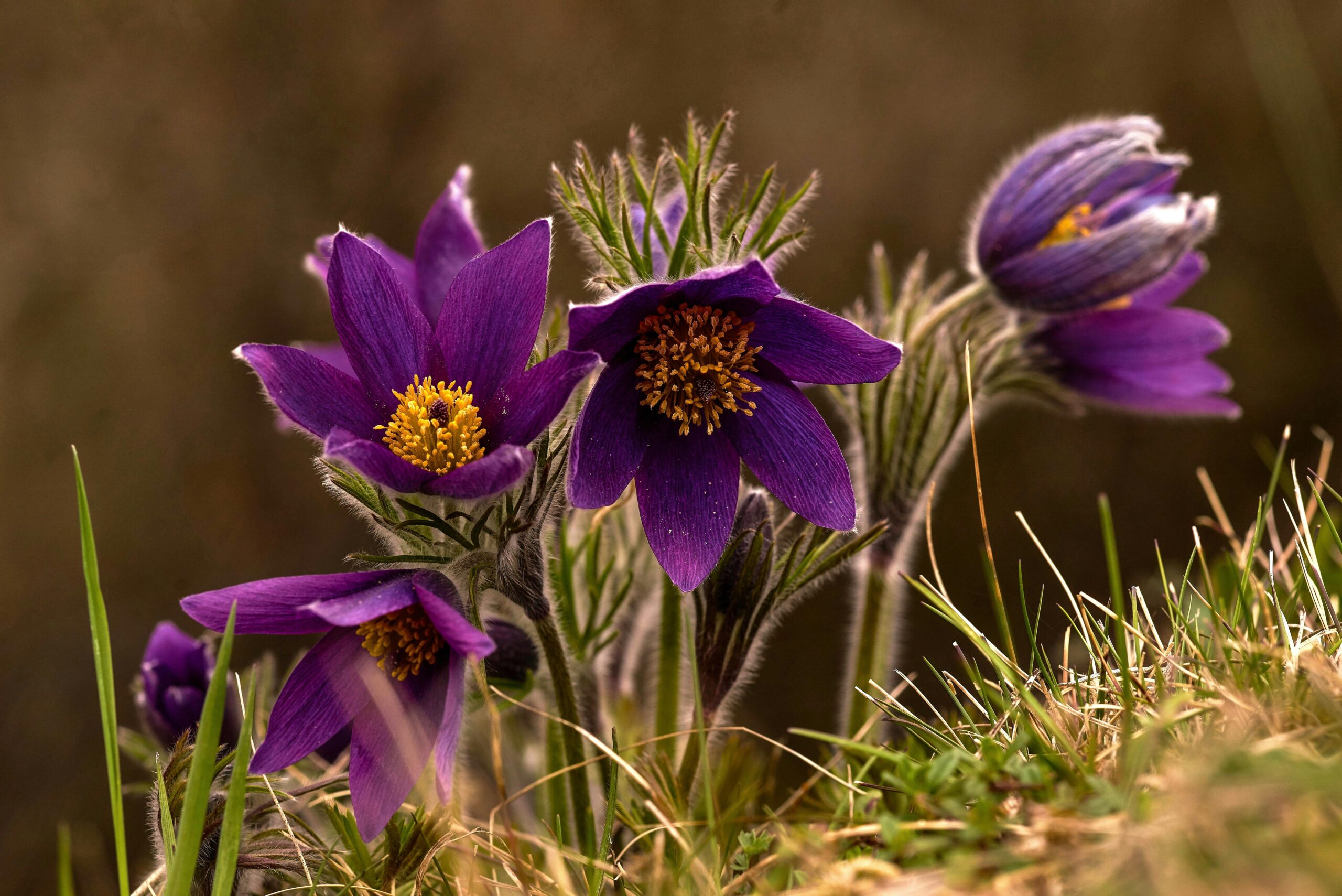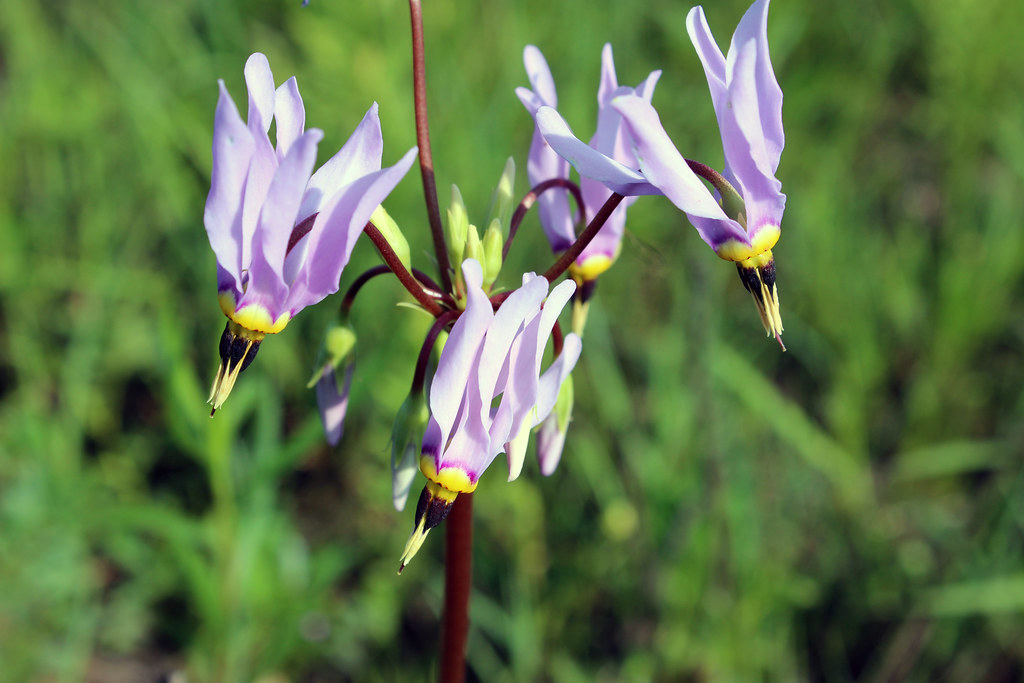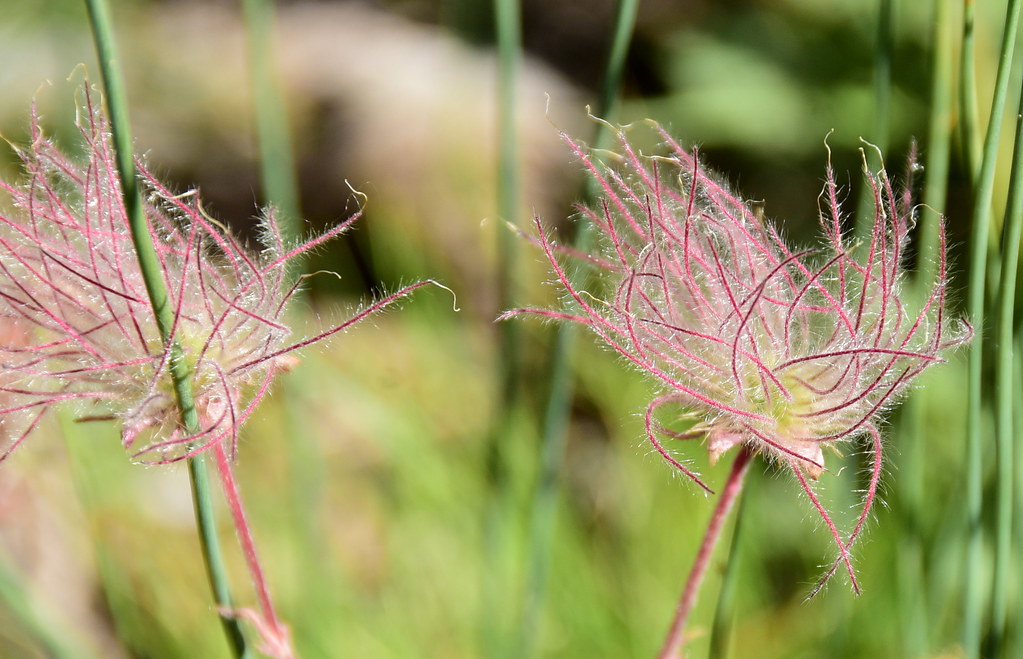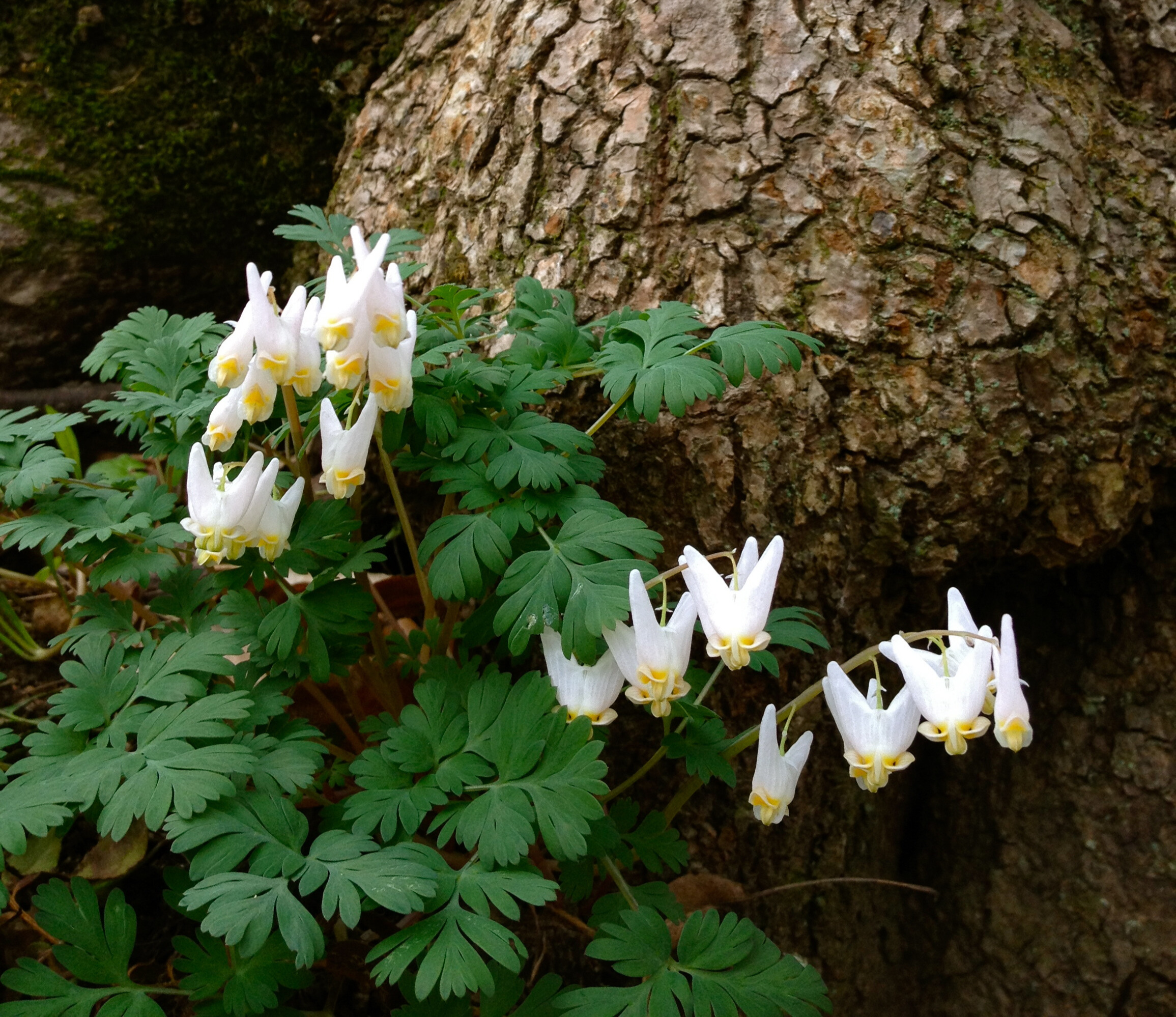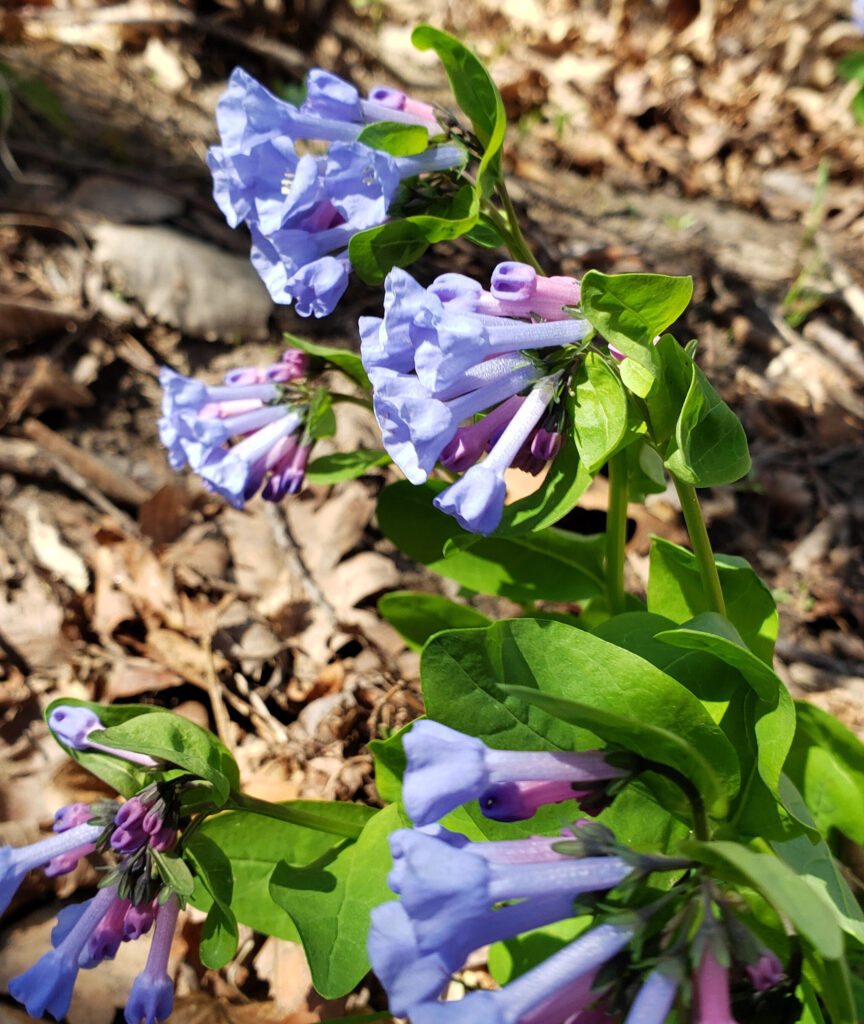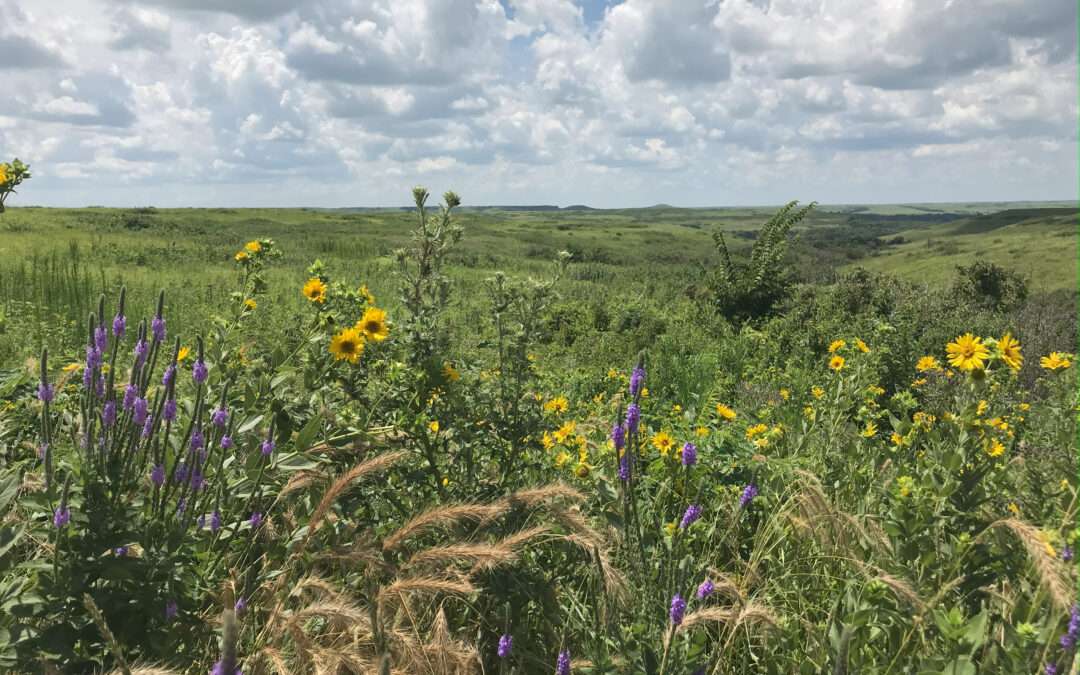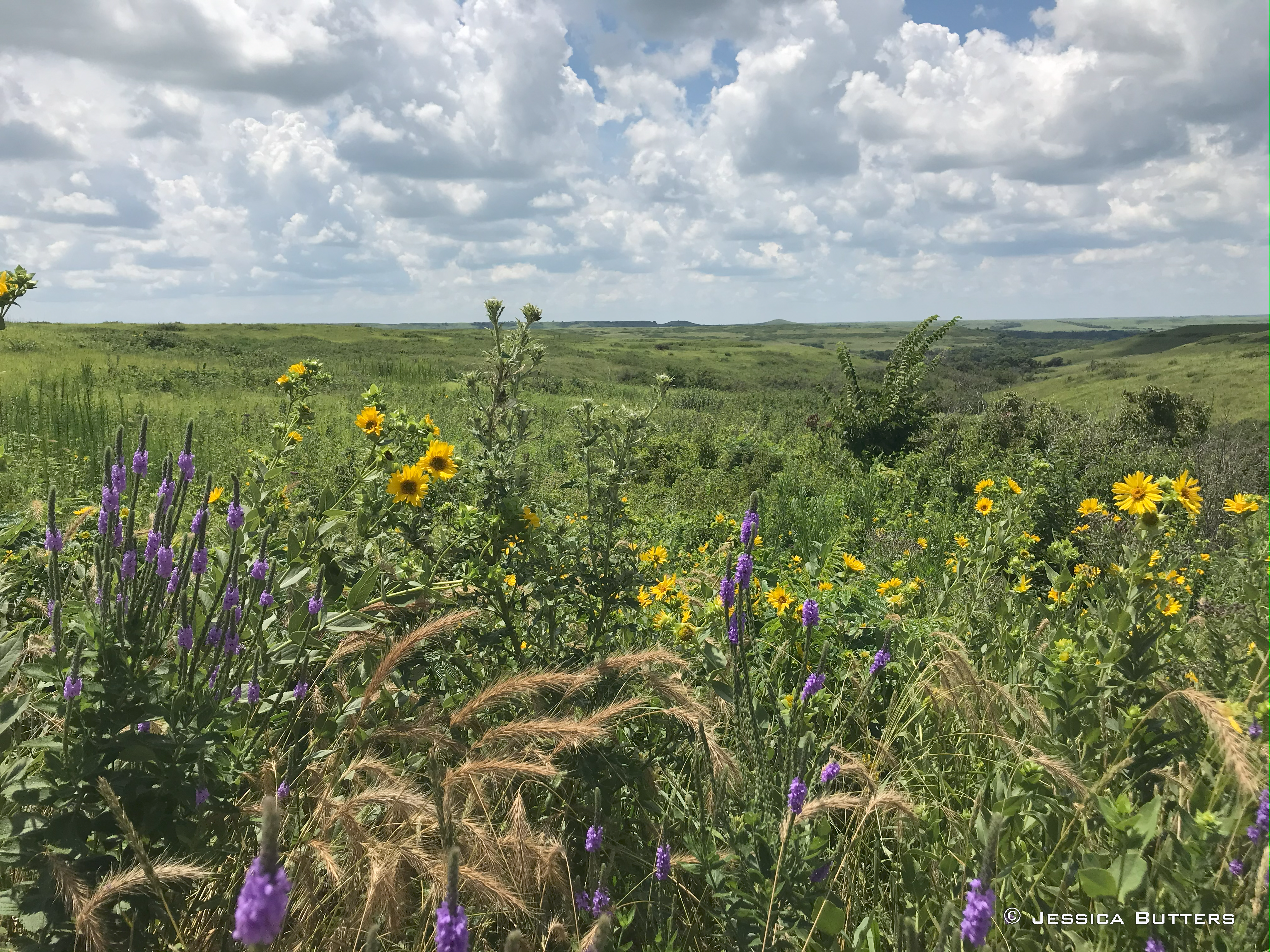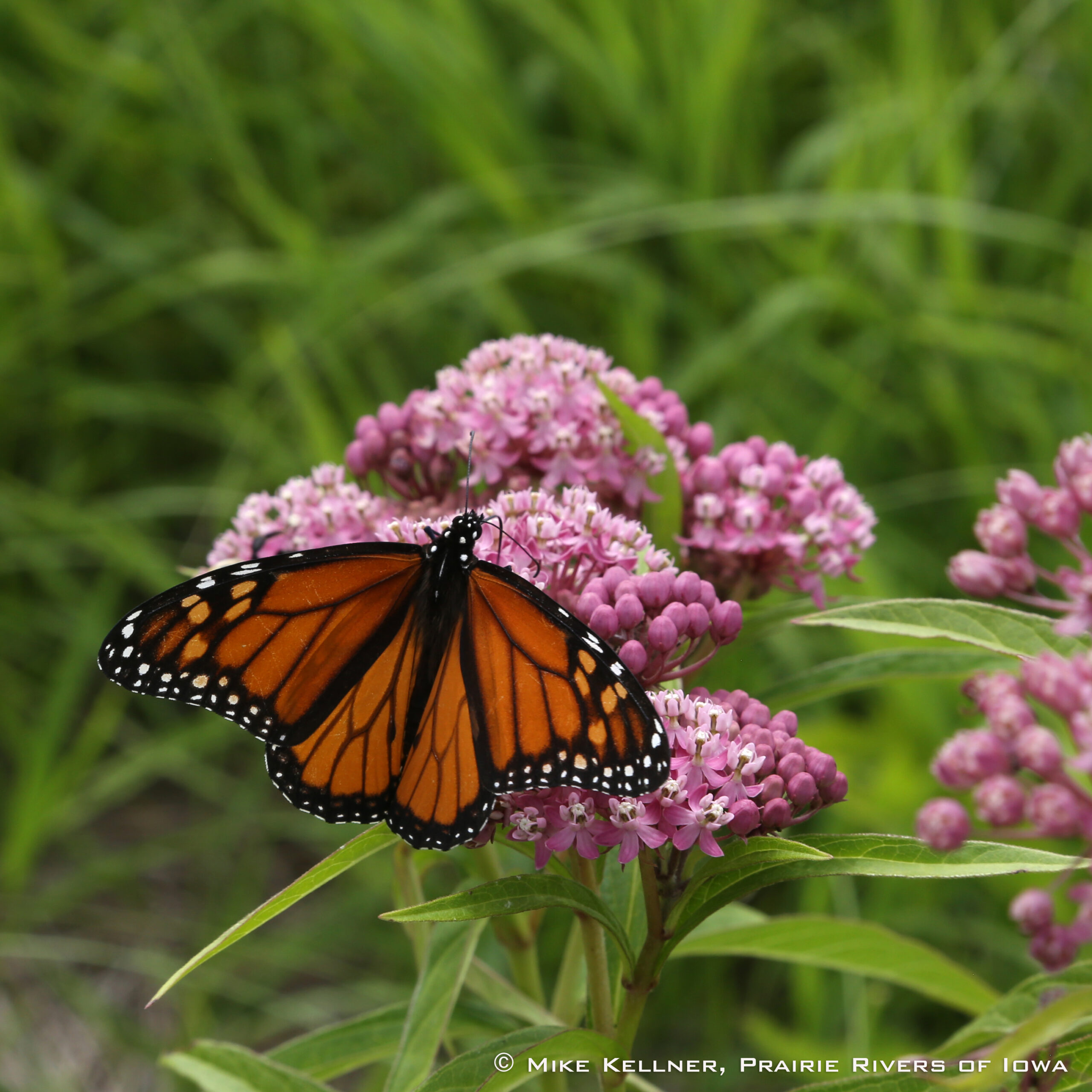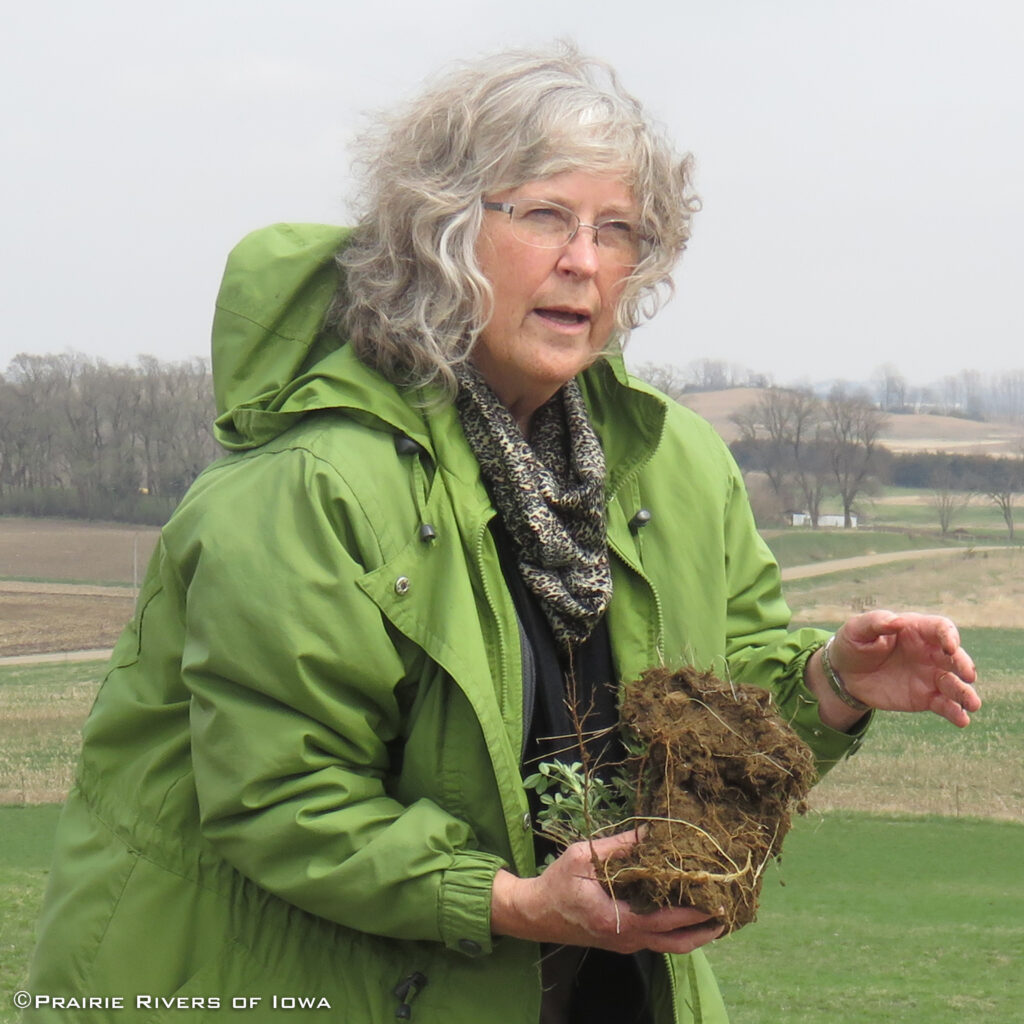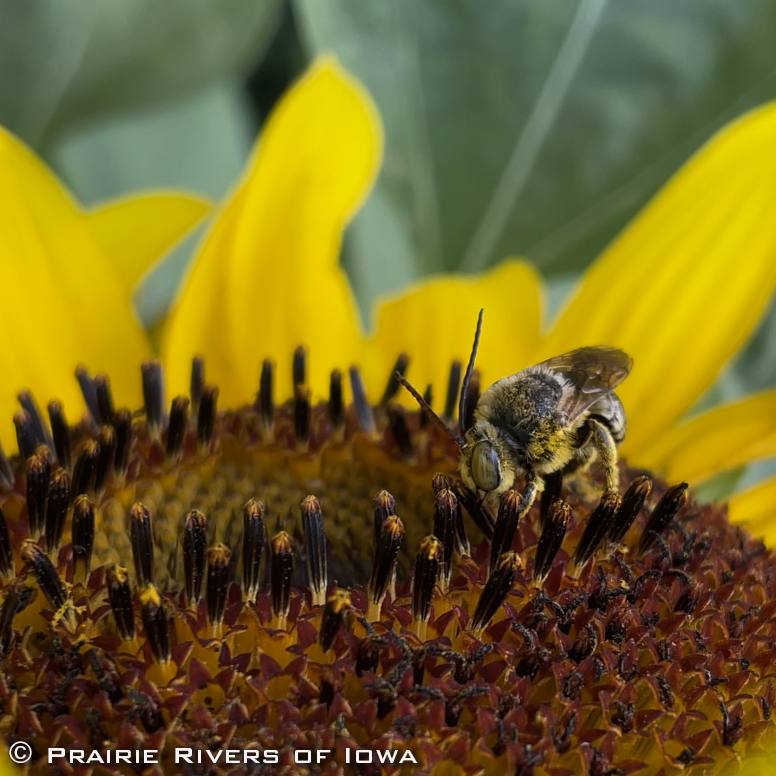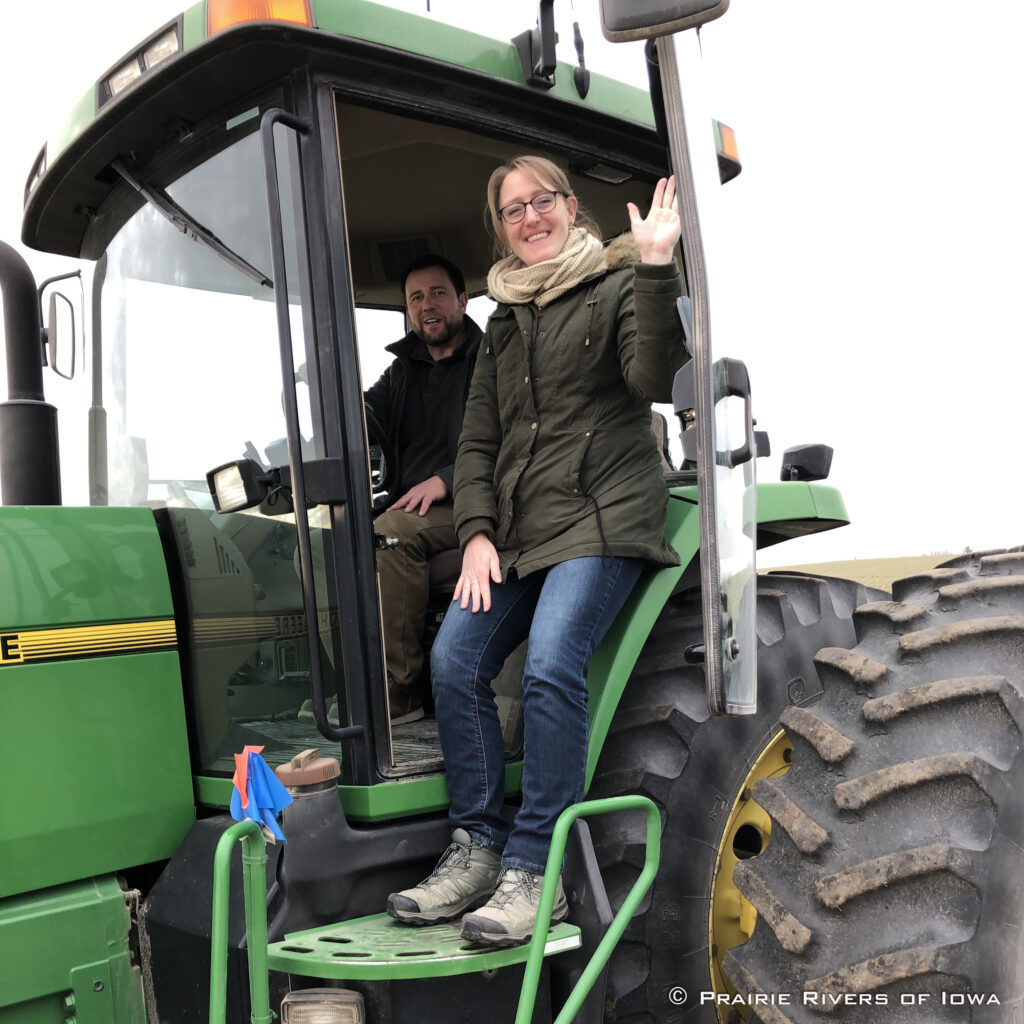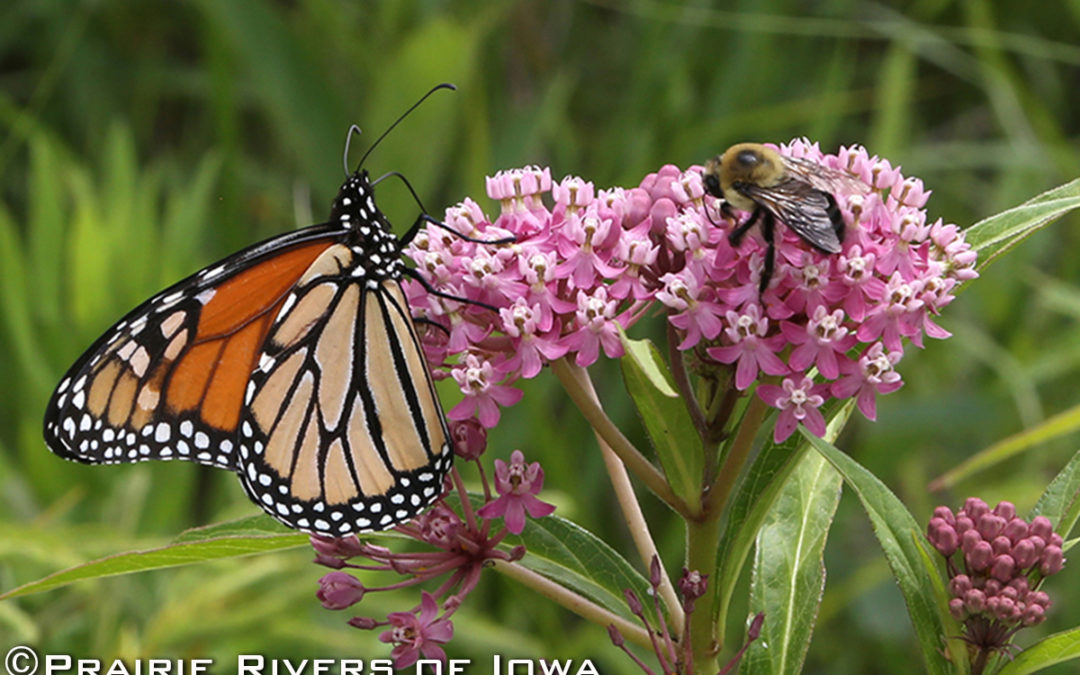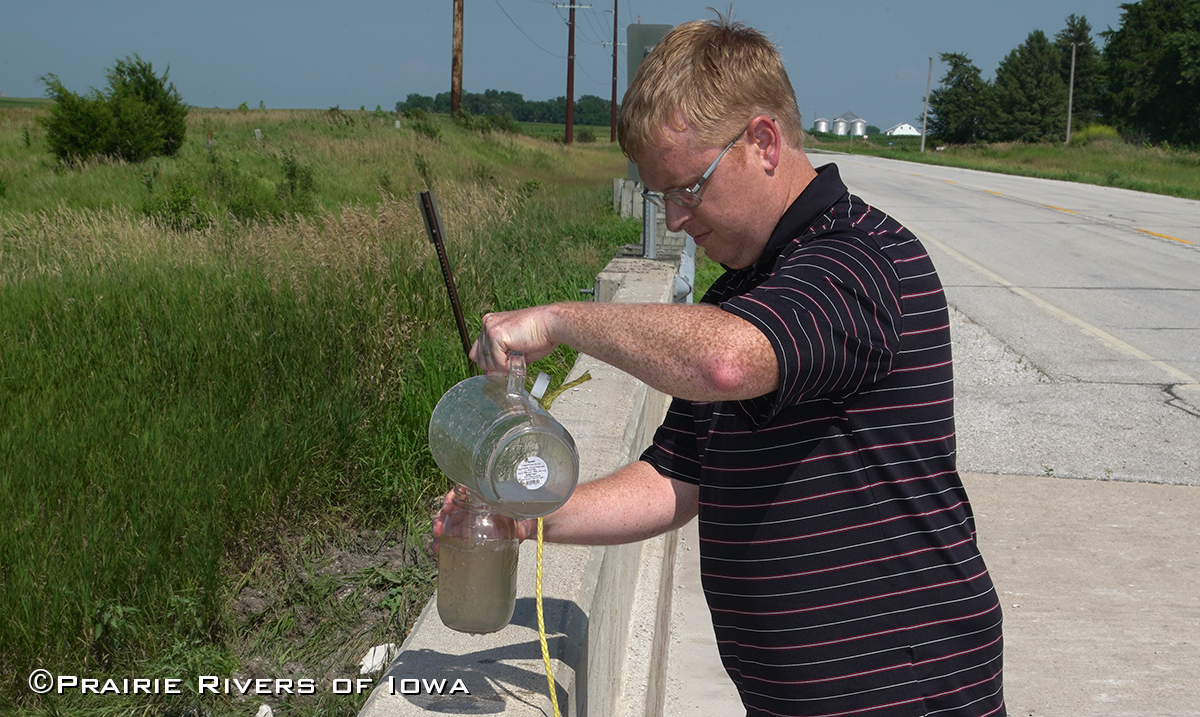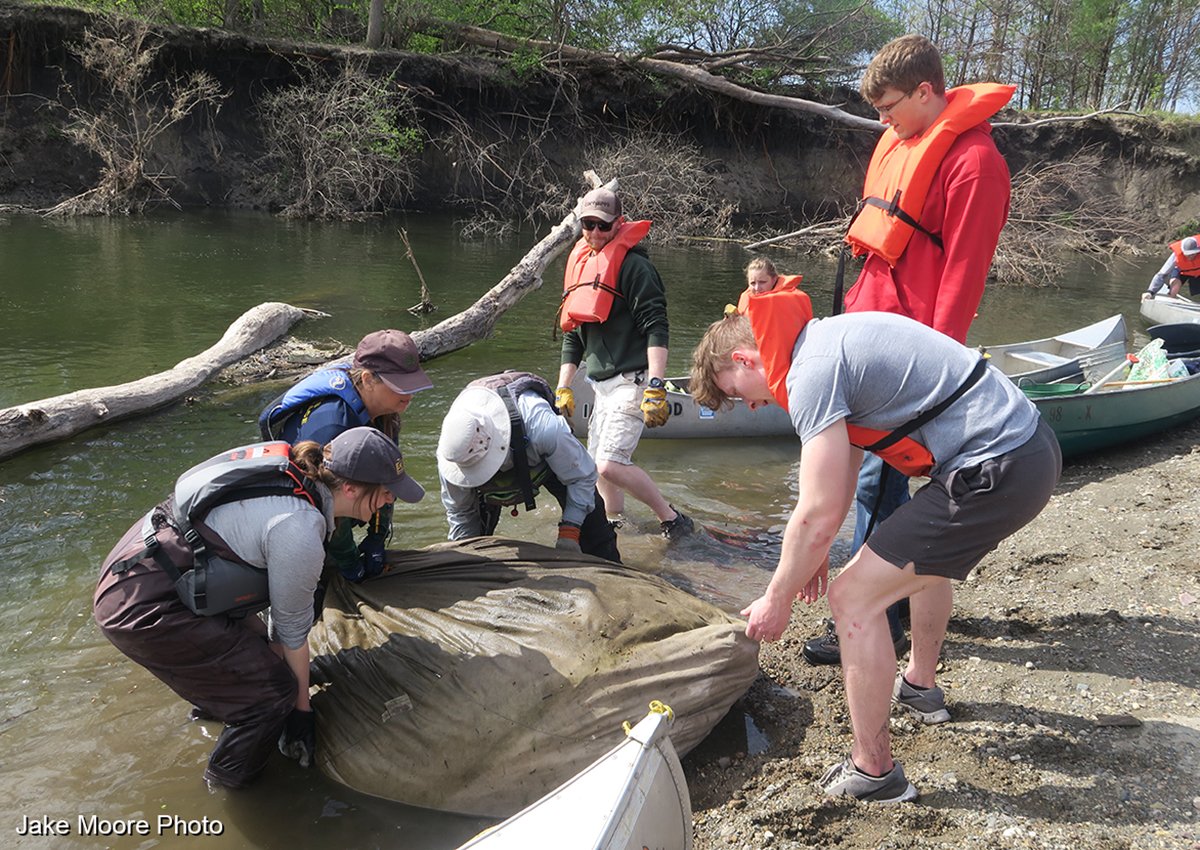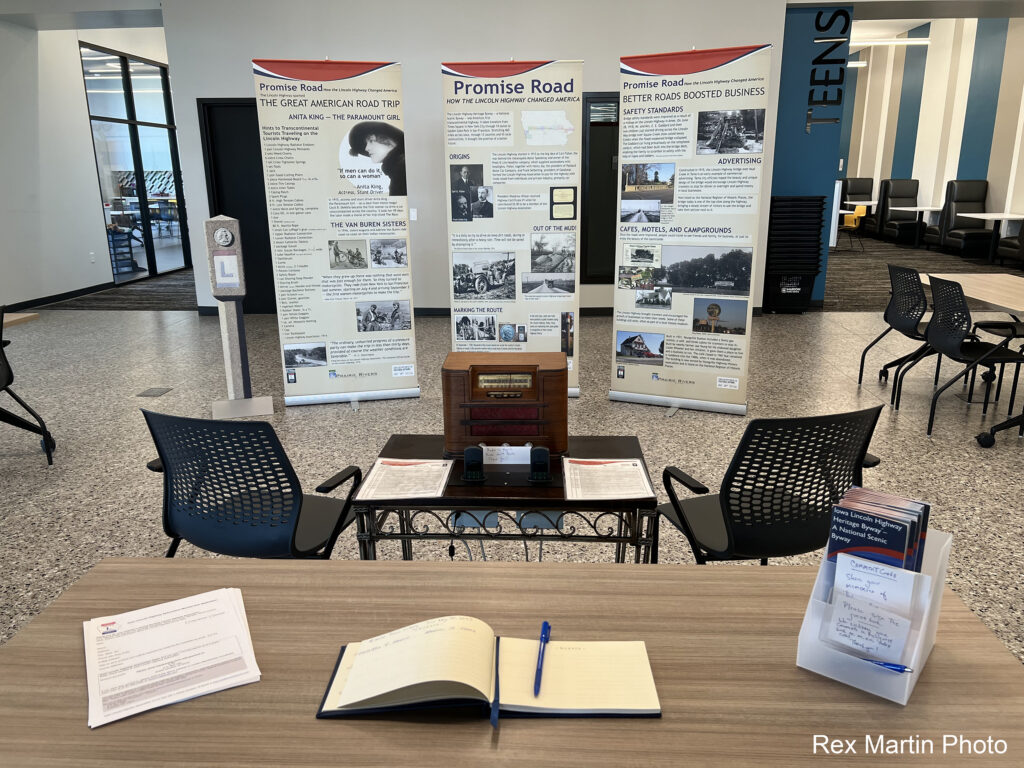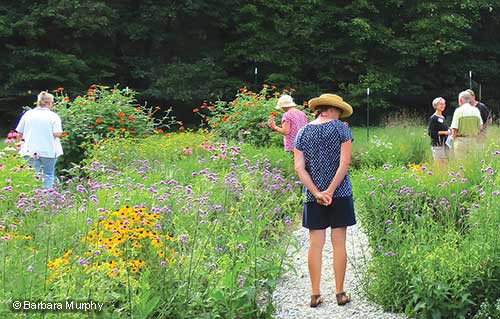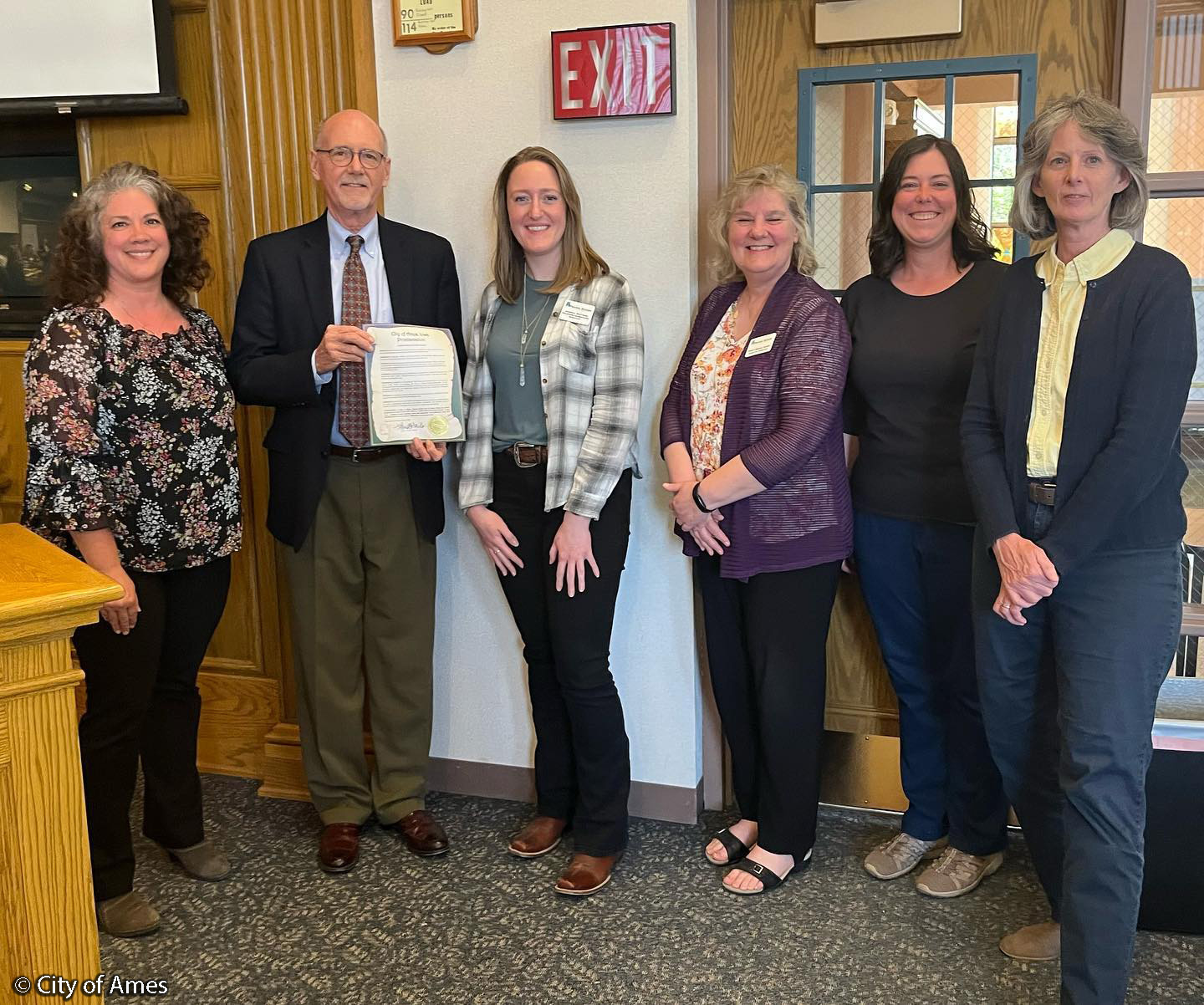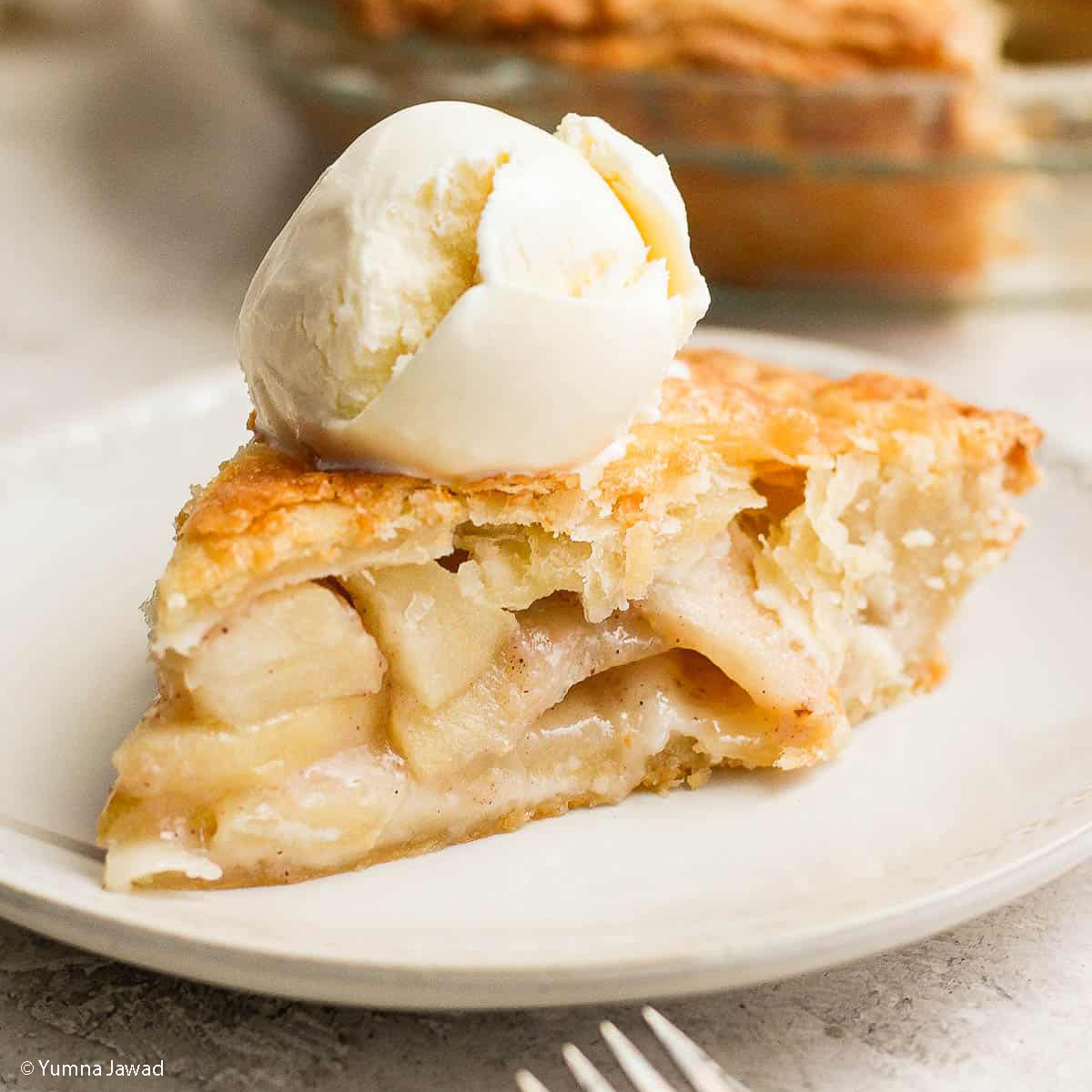
Thirsty Wings: How to Add a Pollinator Oasis to Your Garden
Summer is here, and with the rising temperatures, we all need to stay hydrated—including pollinators. These hardworking creatures are busy in your backyard, and being a good Midwestern neighbor means giving them a little help. One simple way? Offer a safe water source.
Adding a water feature to your balcony, patio, garden, or yard is an easy and effective way to support wildlife and help them thrive.
Why Pollinators Need Water
Bees, butterflies, and other invertebrates rely on water to stay hydrated—especially during hot, dry days. Social bees use water to regulate the temperature and humidity inside their hives. Butterflies and moths are often seen sipping from puddles, not just for hydration but also to absorb minerals and nutrients—a behavior known as puddling.
You may even notice small bees or butterflies landing on you to sip your sweat. They’re not just being curious—they’re searching for moisture, salt, and other nutrients. Bees also use water to dilute stored honey and aid in digestion.
What About Natural Water Sources?
Sure, there are natural water sources like ponds and rivers, but for an insect, those look like vast oceans. A bee or butterfly venturing too close to a pond might get eaten by a fish—or drown if there’s no safe landing spot.
Historically, puddles and dewdrops served as safer alternatives. But today, many puddles contain runoff from roads and lawns, often contaminated with pesticides or other toxins. In cities, puddles evaporate quickly on hot concrete, and even moist soil is hard to come by.
What Can You Do?
Creating a safe water source for pollinators is simple and rewarding. Start by choosing a good location—if you’re on a balcony or deck, place your water dish near potted plants. In a yard, look for spots with high insect activity, such as near a log pile, compost area, or bare soil. Use a shallow container like a dish, plate, or birdbath, and fill it with water. To make it safe, add pebbles, marbles, or small sticks so pollinators have a place to land and perch while they drink, preventing them from drowning. Be sure to keep the water fresh by changing it every couple of days, which also helps prevent mosquitoes from breeding.
Add a Pond
If you have some space, consider installing a pond for a larger-scale impact. A small backyard pond can support a surprising amount of biodiversity, such as birds, frogs, and rabbits. You don’t need a big yard or fancy equipment to build one. With a bit of planning, some basic materials, and a little time, you can create a thriving mini-ecosystem right outside your door.
Start by choosing a location that gets partial sunlight—too much sun encourages algae, while too little limits plant growth. Avoid areas where rain runoff collects, as it may carry pollutants like pesticides.
Next, dig a shallow hole with gently sloping sides and varying depths (12–24 inches is ideal). Include a shallow shelf or area near the edge where insects and birds can safely access water. Line the pond with a flexible pond liner or use a pre-formed plastic basin. Secure the edges with rocks, bricks, or soil to keep it in place.
Fill the pond with water, ideally rainwater. If using tap water, let it sit for a day or two to allow chlorine to dissipate. Add rocks, logs, or branches around and in the pond to provide perches and hiding spots. Make sure there’s a gentle ramp or slope so animals can get in and out easily.
Include native aquatic plants, like duckweed, pickerelweed, or blue flag iris. They help oxygenate the water, provide shade, absorb excess nutrients (which prevents algae), and create habitat. Avoid adding fish, as they can eat tadpoles, insect larvae, and eggs.
You can also add a small fountain or dripper. Moving water helps keep mosquitoes away and oxygenates the pond. Just make sure it’s gentle—pollinators and frogs prefer calm areas.
Once set up, let nature take over. Within days, you can spot dragonflies, bees, or even frogs visiting your new mini-ecosystem. Keep the pond free of chemicals and avoid over-cleaning—natural debris helps balance the habitat.
A small pond can have a big impact. With just a little effort, you can turn a corner of your yard into a thriving wildlife refuge.

